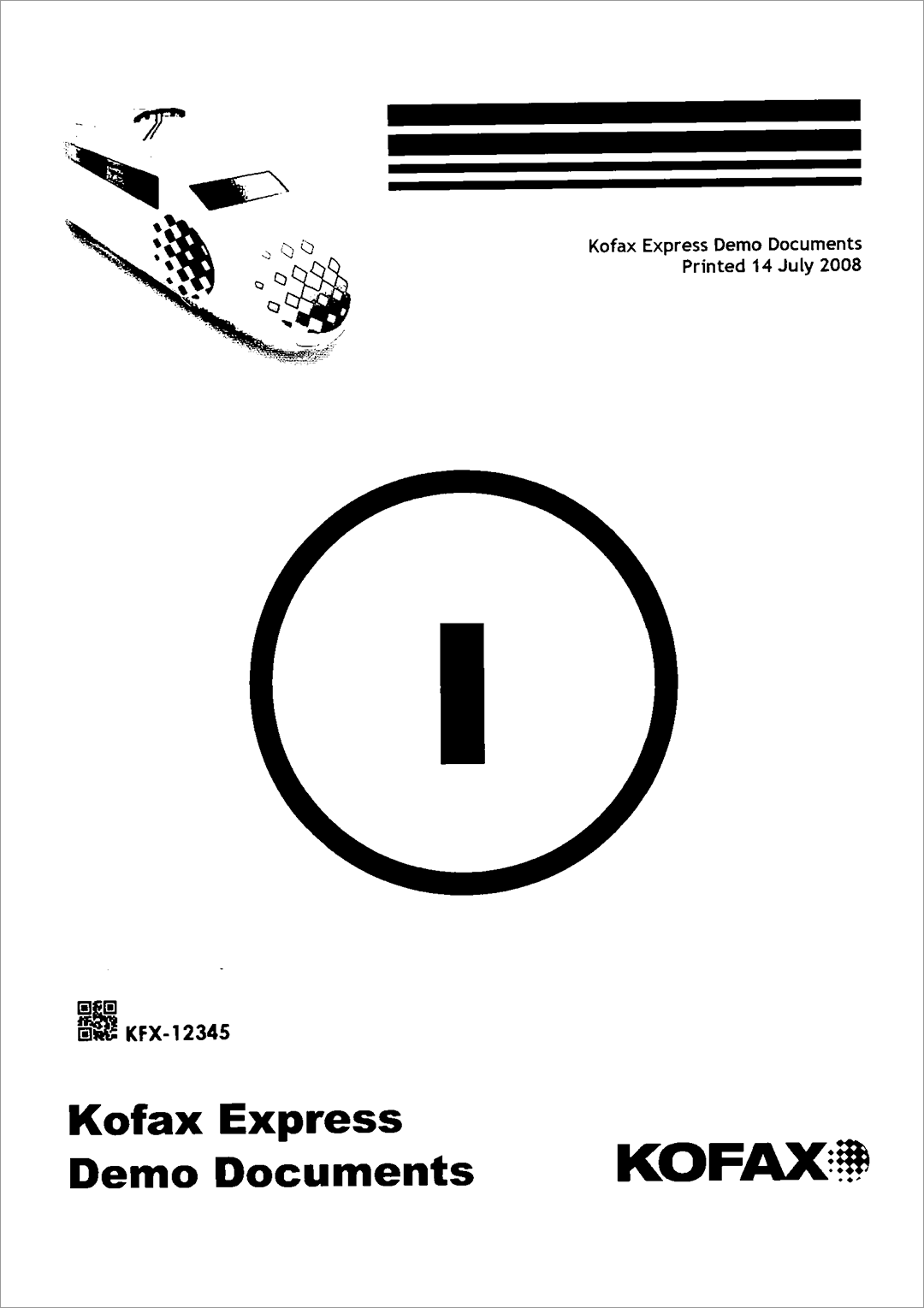Kofax Patch T Type Separator Sheet

Torrent sous le soleil saison 2 gomorra. Traqueur udp://9.rarbg.me:2710/announce udp://tracker.publicbt.com:80/announce udp://tracker.openbittorrent.com:80/announce udp://tracker.istole.it:80/announce udp://tracker.ccc.de:80/announce udp://fr33domtracker.h33t.com:3310/announce udp://tracker.1337x.org:80/announce http://exodus.desync.com/announce.
In general the concept would be that you would enable separation in the project and then train your classes with examples to be used for the layout or content classifiers. However, as I'm sure you've seen, the obstacle with invoices is that they are different enough between vendors that it would not reliably classify all to an Invoice class.
Similarly with 'Supporting Documents' which are likely to be very different from each other, so unfortunately there isn't a completely easy answer without separator sheets (or barcode stickers affixed to supporting docs). What you might want to do is write code in the one of the separation events like Document_AfterSeparate event. Despite the name, the document has not yet been split at this point, but the classifiers have run. See Scripting Help topic 'Server Script Events Sequence > Document Separation > Standard Document Separation' for more detail.
Kofax bar code separation uses a bar code separator sheet to separate documents. At Patch Code Type. Select Print All Forms to produce separator sheets for each. With a bar code separator sheet, you place a sheet in between each document, load the ADF with a stack of documents and start scanning. If you place new documents at the back of the ADF so the ADF doesn't run out of documents to scan, you can scan continuously all day. Bar codes can also signify a new batch too.
Setting the SplitPage property on the CDocPage (pXDoc.CDoc.Pages.ItemByIndex(lPage).SplitPage) will allow you to use your own logic to determine which pages to separate. For example if you know that you will always have single page invoices, you can split on the first page and classify accordingly. Or you can try to search for something that indicates the end of the invoice like 'Total' or other characteristics.
There is an example of how you can use locators to help separation in the Scripting Help topic 'Script Samples > Use Locator Results for Standard Document Separation'. The example uses a Barcode Locator, but the same concept works if you wanted to try it with a Format Locator or anything else. Dear Manish, Working with KTM is a totally different thing.
You have to create your project inside KTM Project Builder, create the classes, feed reference document samples for document separation and classification inside each class. Once you see it working inside the builder you have to Synchronize the project with Kofax Capture. Thhe synchronization creates the classes and indexes inside the KC structure for production. As you see is not quite simple procedure and requires a certified professional. Paul chain detaching from satan rar. – Dec 31 '14 at 13:21 •.
To use the most common example, lets say you have two documents you wish to scan. The first document is 5 pages long, and the second one is 10 pages long. You want to be able to 'stack' all 15 pages on the scanner's ADF and scan these into two separate documents. An ADF is the Automatic Document Feeder on the scanner. Some scanner softwares will not separate the documents into two. You will end up with a 15 page document (file). Some document scanning softwares will allow you to use a blank page as a separator, which means that when a 'front side' blank page is detected, the scanner will automatically start a new document.
Other softwares may require a special page of their own design to be used to 'separate' two documents. An easier solution is to use a bar code page as a separator.